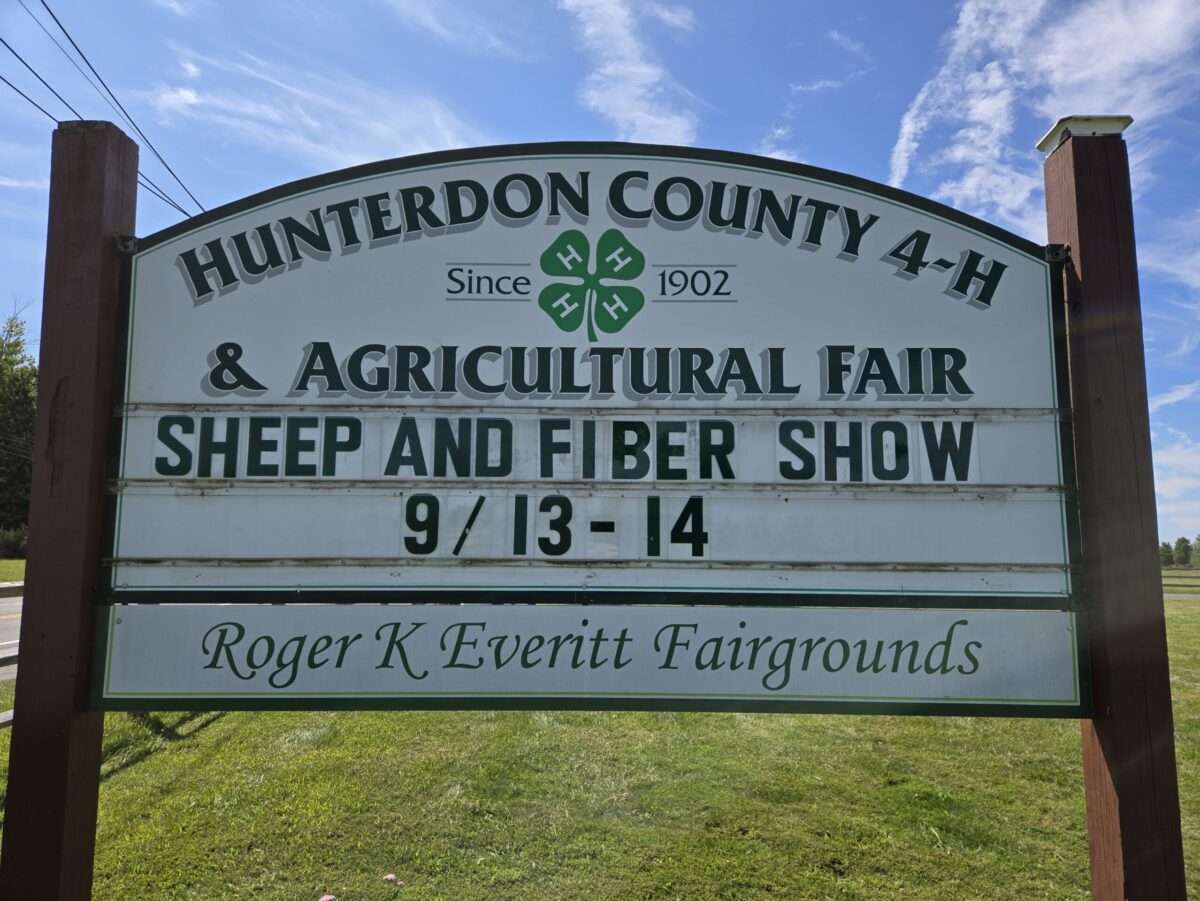
The Valais Blacknose Sheep Association of North America announces the successful launch of a “breed up program” for introducing the breed to North America. The first generation of lambs are being born in 2018.
For centuries, the Valais Blacknose sheep were found only in Switzerland on the remote snow-covered peaks of Valais. Although the sheep are believed to have existed since the 15th century, it became a breed recognized by the Swiss Sheep Breeding Association in the mid 1960’s as the Walliser Schwarznasen or Valais Blacknose because of its unique markings. Several hundred were exported to the United Kingdom in 2014. The breed’s wool is considered ideal for carpets, bedding and felting.
The Blacknose Sheep Association of North America was formed in 2017 to support the introduction of the breed to the United States and record the offspring of the breed up programs already in progress.
For more information, on how to purchase the frozen semen of the Valais Blacknose Sheep, as well as general information on the breed, contact the Teton Blacknose Sheep Company at info@tetonvalas.com, www.tetonvalais.com or 561-309-1402.
Article Source: ASI Weekly March 23, 2018
Photo Source: http://valaisblacknosesheepsociety.co.uk/wp-content/uploads/2015/07/image11.jpeg

